Cars these days are getting better; their repertoire of drivetrains are expanding beyond the conventional manual and automatic transmission, towards the more sophisticated dual clutch transmission (DCT) and continuously variable transmission (CVT) as alternative drivetrains. Which do drivers really prefer overall, in terms of usability, performance, and reliability?
Driving cars isn’t as cut and dried like before. Both experienced owners and new car buyers will inevitably come across more than one type of transmissions when looking at today’s selection of cars. The newer transmissions both have advantages and disadvantages, depending on individual needs.
AMT vs CVT vs DSG Which is Better Pros and Cons Explained
I. Continuously Variable Transmission (CVT)
Also known as a shiftless transmission, a CVT is typically comprised of a rubber or steel belt, running along varying diameter pulleys that take the place of gears. Changing the diameter of the pulleys results in a corresponding change in the transmission ratio, and the seamless way that this is performed (as opposed to stages when shifting gears) gives the system its name
Adjusting to a CVT-equipped car shouldn’t be too hard especially for AT users since it still involves stepping on either the gas or brake pedals to operate the car; in fact, an increasing number of drivers find CVT to be superior to a conventional AT or even MT setup.
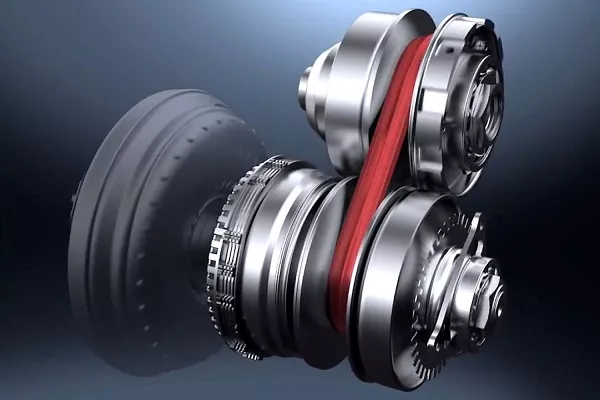
Continuously Variable Transmission (CVT)
1. Pros
1.1. Optimized power
CVTs are electronically controlled, with the computer finding the best gear ration for a particular driving scenario. It’s also programmed to maintain the best power output when needed. The ECU automatically compensates by finding the optimal transmission ratio, whether it’s for acceleration or cruising.
1.2. Fuel efficiency
More fuel is saved because of controlled shifting at the right speed during motion. Most drivers of CVTs will remark on the low rpms that allow for better fuel consumption and efficiency. CVTs arguably give the best fuel economy on any car equipped with them.
1.3. Better shifting
Having practically no gears to engage, shifts are smooth, with no gear shock compared to other transmissions.
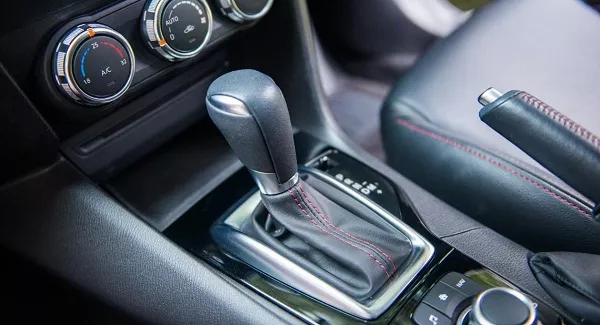
CVT gear selectors are smooth
1.4. Less complicated
CVTs do away with planetary gearsets, reducing the number of moving parts, which translates to easier maintenance.
1.5. Lighter weight
The absence of planetary gears also means that CVTs are lighter, which means that the car also weighs less.
2. Cons
2.1. Higher RPMs with wild revving up
Most drivers can’t get over how the car sounds different when shifting. CVTs enable the engine to rev at any speed, so the noises from the engine bay will sound odd for people accustomed to either automatic or manual transmissions.
The gradual engine note changes are usually associated with a sliding transmission but are actually normal for a CVT.
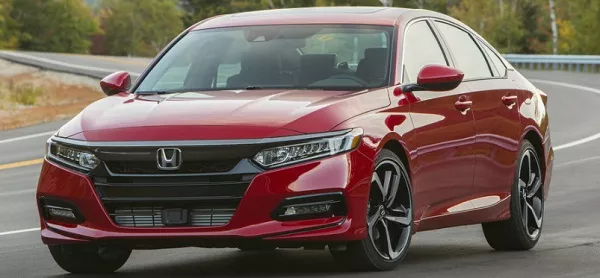
Honda Accord Sedan comes with CVT powertrain
2.2. Lack of gear shock
Old-school drivers tend to look for that sudden lurch that accompanies a burst of power when the accelerator is floored, especially in automatic transmission cars. CVTs have a more linear power delivery, increasing smoothly yet rapidly; for many drivers, this makes the car feel slower.
2.3. Not good for sporty driving
Since the driving feel of a CVT is not that aggressive, many people don’t associate it with sporty or high-performance driving, since CVTs typically cannot handle the high torque requirements of performance-oriented cars.
2.4. Expensive to maintain
Though it lacks planetary gears, a CVT is still complicated because of the ECU and the parts that drive the pulleys; this complex system could entail a higher maintenance cost.
>>> View related post: 4 essential tips to control your car maintenance expenses
2.5. Better for economy not power
Many drivers are of the opinion that CVTs are better-suited for economy and efficiency than power, even though a CVT generally accelerates faster than an AT.
II. Dual Clutch Transmission (DCT)
If the CVT is seemingly derived from an AT, then a DCT hews more closely in principle to a Manual transmission; the system entails using two separate clutch units, one for the odd-numbered gear sets and another for the even-numbered ones. This allows for faster engagement of gears at any given instance, eliminating power lag or the interruption of power delivery from the engine to the drivetrain.
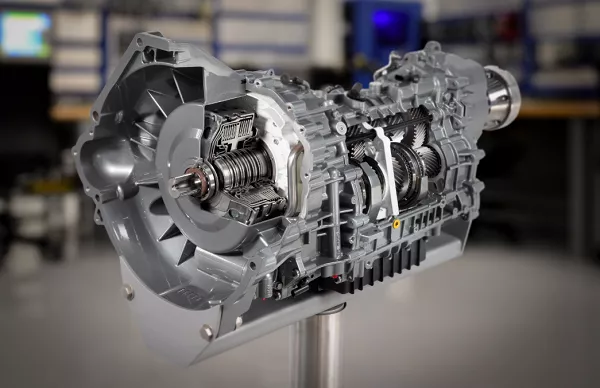
Dual Clutch Transmission (DCT)
1. Pros
1.1. Faster gear shifts
Since there is one clutch each for both odd- and even-numbered gears, DCT-equipped cars can speed up or slow down significantly faster than cars with regular MT or AT gearboxes.
>>> Also check out: Ending the controversial debate: Automatic or Manual Transmission?
1.2. No shock when shifting
Again, thanks to the two-clutch setup, the usual shift shock normally associated with gear changes are practically eliminated, resulting in a more responsive drivetrain.
1.3. Better fuel economy
With an uninterrupted power flow from the engine to the transmission, fuel efficiency is dramatically increased.
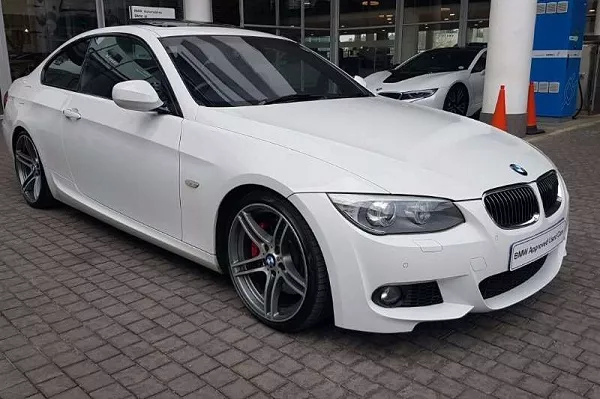
BMW 3 Series DCT dramatically increase its fuel efficiency
1.4. No clutch pedal
As with AT vehicles, DCTs can be operated without a clutch pedal, since the gear shifts are actuated electronically
1.5. Control options
The driver has the option of letting the DCT shift gears by default through the central computer or switching to manual mode for a sportier driving experience.
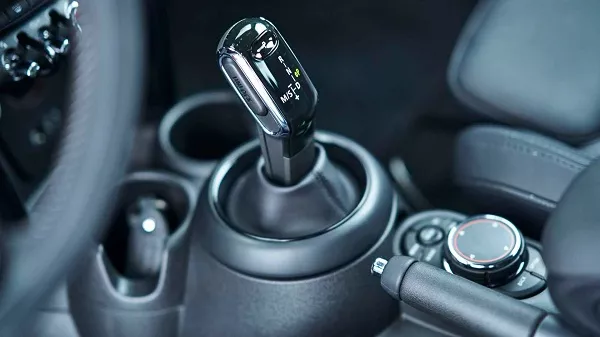
Control option in DCT gearshift allows a sportier driving experience
2. Cons
2.1. Expensive
Keeping DCTs in good working order is costly and requires specially-trained technicians, due to the increased complexity.
2.2. Few cars use it
Installing a DCT in cars can be an expensive proposition, as some manufacturers balk at having to modify their assembly lines to accommodate it. That’s why DCTs are commonly found in sports or luxury cars.
2.3. Turbo Lag
Paired with a turbocharged engine, DCTs are still not immune from the effects of turbo lag, which is a delay between the throttle input and the resulting response from the engine.
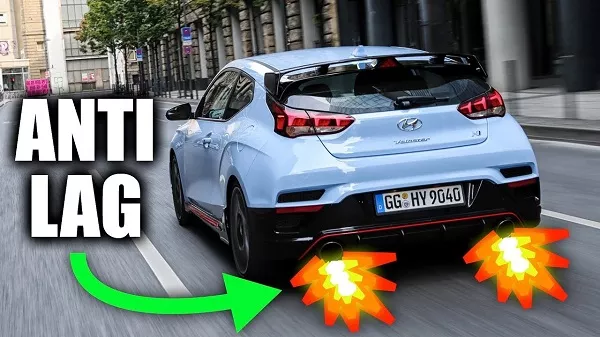
2.4. Not good for low gears and stand still start
Moving from a standing stop could take a few seconds for the gears to engage, despite already having dedicated clutches for both rows of gears.
Wrapping up!
In assessing the continuously variable transmission (CVT) versus dual clutch transmission (DCT) debate, both transmissions have their good and bad points. The choice is yours to make as to which transmission to go for, whether you’re in the market for efficiency or sporty performance.
>>> Follow our website for more helpful tips to maintain your car.
Recent posts
- Top 9 biggest mistakes when driving a manual transmission car Mar 13, 2019
- The ins & outs of car transmission and drivetrain Jan 31, 2019
- Traffic in the Philippines & your automatic transmission Mar 11, 2021
- Here are the 8 best automatic transmission vehicles in our country Mar 30, 2021
- Some habits accidentally shorten the life expectancy of transmission. Apr 12, 2017












